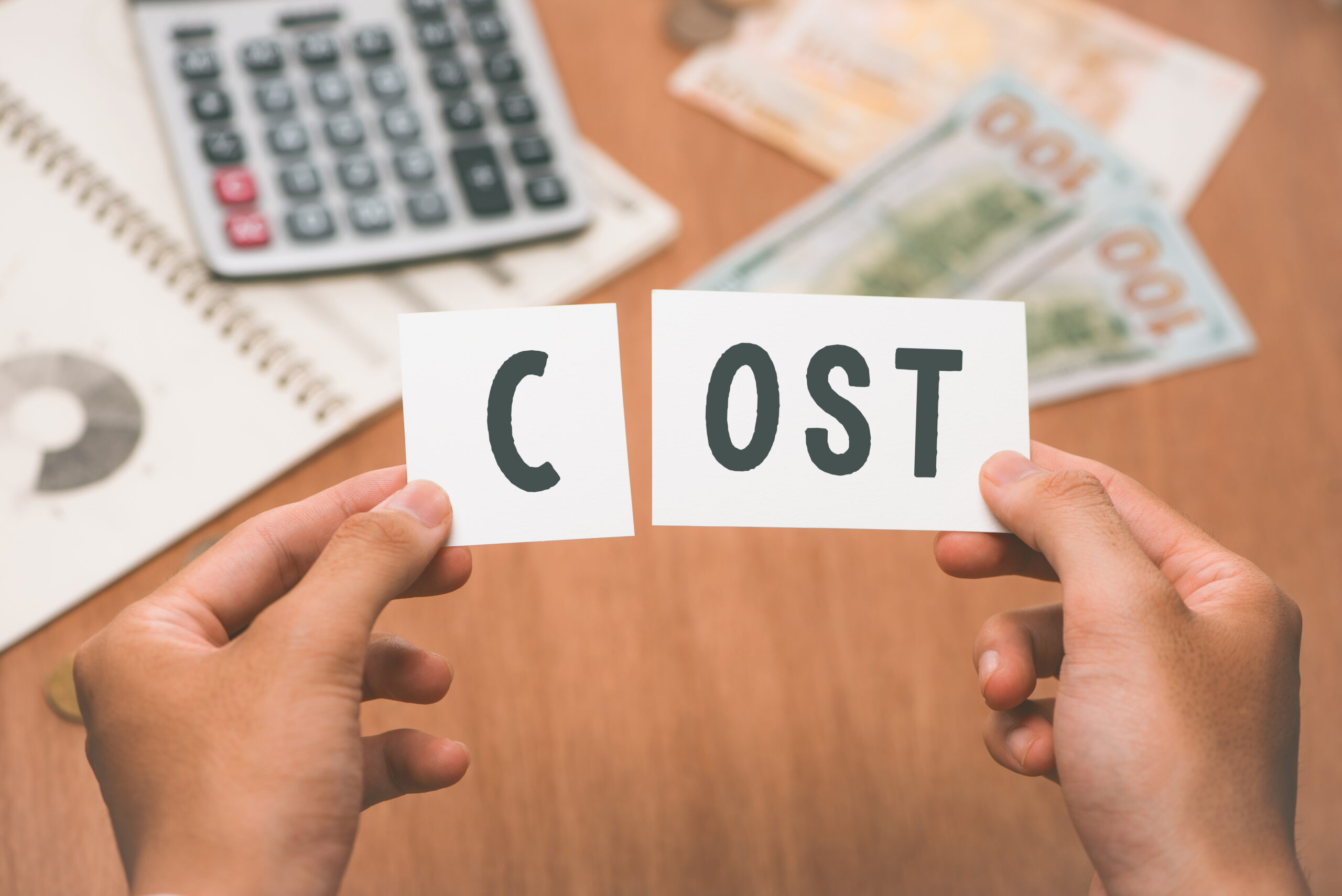The costs involved with a firm’s operation are overhead costs. These include the expenditures associated with running a business, developing a product, promoting that product, and doing the myriad of additional tasks required to run a business. Operating expenses and overheads are two more names for “overhead costs.”
Different Kinds of Recurring Expenses
The following are the components that make up total overhead costs:
• Fixed Costs. The term “fixed costs” refers to expenses that do not change regardless of the total amount paid in the past—things like rent, wages, ongoing office orders, insurance expenditures, etc.
• Semi-variable expenses. Semi-variable expenses change over time but not in a significant way. For example, a salesperson’s commission changes monthly, yet their utility bills remain relatively consistent throughout the year.
• Variable Costs. Costs that change every time they pay are variable, and these costs are known as variable costs. These costs consist of things like the price of raw materials and maintenance.
Some Illustrations of the Cost Of Manufacturing Overhead
There are several examples of this. However, some of the costs associated with manufacturing overhead include, but are not limited to, the following:
• Rent
• Depreciation of the Equipment
• Bills for Utilities
• Upkeep of Premises and Equipment
• Insurance coverage
• Taxes
• Paycheck total
• The Basic Components

